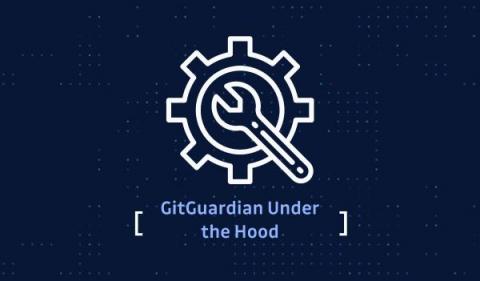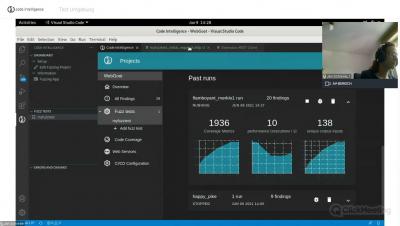Security | Threat Detection | Cyberattacks | DevSecOps | Compliance
Databases
Schedule and Automate Postgres Backups on Kubernetes
Postgres, also known as PostgreSQL, is a powerful open-source relational database that has been around for over 30 years. It has a strong reputation for reliability, scalability, and performance, which is why it is used by a wide range of organizations, from small businesses to large enterprises, across various industries. Whether you need to store and retrieve large amounts of data, run complex queries, or support business-critical applications, Postgres can handle it all.
SQL Server hardening
Schedule and Automate MongoDB Backup and Restore on Your Kubernetes Cluster
In this blog we will guide you step by step through using CloudCasa to backup and restore NoSQL databases such as MongoDB operating in your Kubernetes environment. Before we begin, let’s have some basic understanding of the database under test. NoSQL databases provide a variety of benefits including flexible data models, horizontal scaling, lightning-fast queries, and ease of use for developers.
10 Database Security Best Practices You Should Know
Around 39 billion records were compromised between January and December of last year, according to Flashpoint’s 2022 A Year in Review report. While this result is quite staggering, it also sends a clear message of the need for effective database security measures. Database security measures are a bit different from network security practices. The former involves physical steps, software solutions and even educating your employees.
Compromising SQL Server with PowerUpSQL
If you’re after a toolkit to own Microsoft SQL Server from end to end, what you need is PowerUpSQL. Implemented in PowerShell and as complete as they come, PowerUpSQL has tools to discover, compromise and own just about any SQL system. It’s the whole kill chain in one tool. This article details how to perform the critical attack steps using PowerUpSQL.
10 Tips to Optimize PostgreSQL Queries in Your Django Project
Philippe is back, this time joined by Laurent, to reveal their best tips & tricks to make Django and Postgres the best friends in the world.
How Code Coverage Helped Me Find 3 SQL Injections
Backup and Restore of MySQL Database in a Kubernetes Environment
MySQL database is one of the most popular open-source relational database management systems, and it is a top choice for some of the world’s favorite websites and web applications including YouTube, Twitter, and WordPress. Handling so much data and protecting it is incredibly important to organizations.











